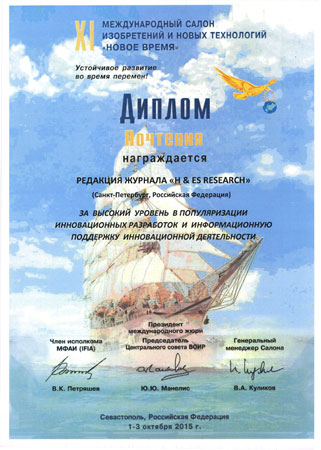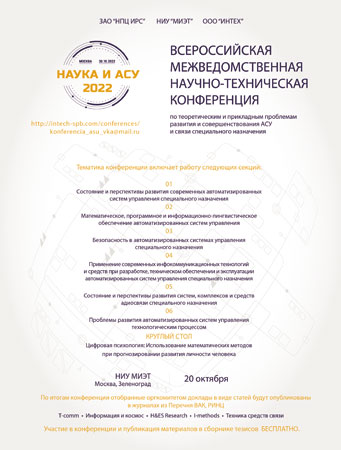The approach to calculation of distribution of waiting time of requests in the multi-channel non-Markov queuing systems with “cooling”, “heat-up” and distributions of phase type is developed. The characteristic of methods of calculation of distribution of waiting time for non-Markov queuing systems is given.
At the heart of calculation of probable characteristics of multi-channel non-Markov queuing systems with approximating distributions of phase type (the hyperexponential, the Erlang, Cox) the Takakhashi-Takami's iterative method is lies. When calculating distribution of waiting time of multi-channel QS with “cooling” and “heat-up” transitions between microstates are considered. The main result is a method for calculating the waiting time distribution in a multichannel non-Markov queuing system. The method is based on the weighted convolution of the Laplace-Stieltjes transformations of the transit times of each of the components of the exponential phases of the microstates of the system. The knowledge of the Laplace-Stieltjes transformation of the waiting time distribution of the application in the queue makes it possible, by numerically differentiating this transformation at the point s = 0, to calculate the initial moments of the required distribution, from which to construct the approximation of the distribution function. The example of calculation of waiting time in queue for model of multi-channel QS M/M/E2/n with the Poisson input flow, exponentially distributed duration of service and with the "cooling" distributed under the generalized law of the Erlang of the 2nd order is considered. From the presented results it follows that with an increase in the average “cooling” duration, the average waiting time increases. In addition, the duration of “cooling” has a very significant effect on the average waiting time. The Kolmogorov distance for the distributions of the number of requests received by the numerical method and using the simulation model was {0.0014; 0.0013; 0.0038; 0.0024; 0.012} for a different intensity of “cooling”, respectively, which indicates the correctness of the analytical model. Thus, a generalization of the classical Little’s formula is achieved. The proposed approach can be useful in probabilistic modeling of nodes of distributed data processing centers, modeling and justification of the architecture of cloud computing systems with the Web interface, and evaluating the impact of costs on updating the context.



















